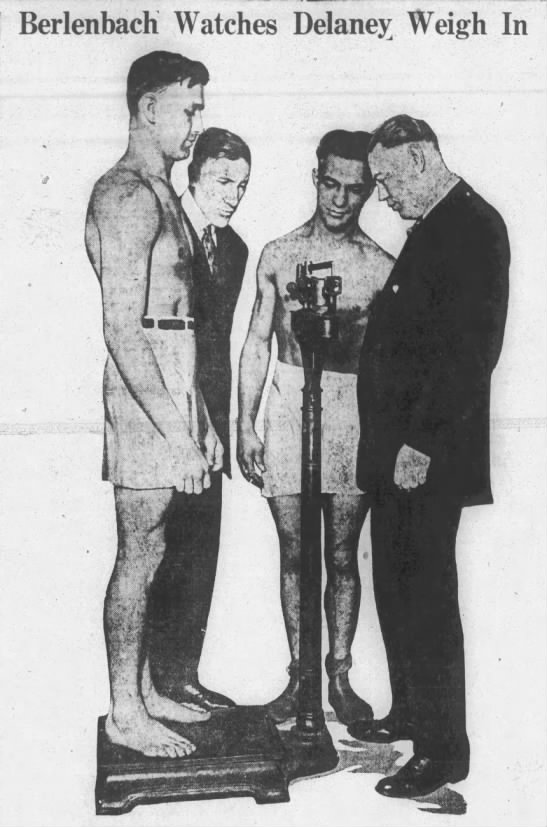This is no ordinary mois de la francophonie. This month marks the centennial of Jack Kerouac’s birth. The anniversary provides the opportunity to assess the legacy of the celebrated author and Franco-American icon—a legacy that should be explored in its full complexity, from Kerouac’s personal weaknesses to his pioneering work.
We should hope that renewed attention will lead American readers as a whole to remember and understand Kerouac’s ethnic heritage. Conversely, Franco-Americans cannot simply focus on Kerouac’s origins and upbringing; this can be an opportunity to recognize that our author lived a distinctly American life. In other words, Kerouac embodied the intersection of the ethnic and the mainstream; the particular and the predominant in American culture.
I would add, as a historian of French-Canadian migration and Franco-American communities, that we are presented with a golden opportunity to explore the world into which Kerouac was born—a social universe that already evinced a tension between the ethnic and the mainstream.
We know from existing work that the 1920s constituted a period of transition in Franco-America. In fact, lying halfway between the beginning of the grande saignée and the present day, that decade encapsulates several kinds of in-betweenness. Throughout the Northeast, people of French-Canadian descent had entered the labor movement. This, along with a resurgence of nativism, cemented Franco-American voters’ support for the Democratic Party. Americanizing forces also led Francos to insist on their American patriotism. Rates of ethnic exogamy rose. In certain communities, parochial schools expanded English-language education. New England’s textile industry continued its steady decline, forcing mill families to seek other options. In other words, widespread disruptions that we associate with the post-Second World War period were also apparent a generation earlier.

Much of this is apparent from a small sample of events from the year of Kerouac’s birth. While L’Action française looked forward to the creation of a French-Canadian national state corresponding to Quebec—whose interests Franco-Americans were expected to serve—breakthroughs in mainstream U.S. politics continued. Democrat Raymond Jodoin failed in his bid to represent his Connecticut district in Congress, but his compatriot, Republican Victor Chapdelaine, succeeded in becoming the first Franco-American mayor of Putnam. Following the establishment of a proper border protection agency, a byproduct of Prohibition, U.S. newspapers reported on the deportation of French-Canadian families. Slowly, the border hardened.
In the spring of 1922, granite cutters and finishers in Barre, Vermont, went on strike to protest employers’ decision to slash wages and then introduce an open-shop system. Strikers would later recall that employers had “imported” French-Canadian scabs and marched them down Main Street as a show of force. The actual course of events was more complicated; there were no perfect lines of ethnic demarcation in this labor conflict. A textile industry walkout in Rhode Island and other parts of New England showed that Franco-Americans were willing to embrace organized labor. But, in Barre, French Canadians’ reputation as strikebreakers preceded them and undermined their place in the larger community.
Communities of French-Canadian heritage in the United States arguably still have “too few pedestals”; this is one more reason to celebrate notable individuals like Kerouac, who have provided visibility and recognition to their compatriots. However exceptional they may be, such individuals matter; symbols matter. So does context—and the specific context of the 1920s helps us understand individuals who may have felt the tension, the hyphenation of Franco-American, more intensely due to the public gaze their experienced.

For generations, Franco-American elites (not to be confused with the Franco “celebrities” who won wider acclaim) framed culture as an “either/or” proposition: either the ideology and institutions of survivance were maintained integrally or assimilation triumphed. Many observers in Quebec continue to express that view. With the disaggregation of the Little Canadas and the decline of the French language, they have concluded that assimilation has, in fact, prevailed wholly.
It is true that many Americans of French-Canadian descent do not identify as such. At the other end of the spectrum, there are also, still today, Franco-American purs et durs for whom there is no hope without the language. Between these two poles there has long been a site of cultural negotiation and tension—which I do not mean in any negative sense—where people wrestle with their identity. After all, through much of its history, the Franco-American community has been essentially hybrid and distinct, conforming perfectly to neither Quebec nor traditional American cultural standards.
It would be unfair to reduce Kerouac and his work to a mere embodiment of the ethnic/American tension. Yet, by returning to the world of his youth—interwar Franco-America—we may find ways of better understanding and better depicting the continuous meeting of the ancestral and adoptive cultures. We might begin to tell a tale that goes beyond supposedly hermetic Little Canadas and beyond the institutions of survivance. We might tell a tale that does justice to engagement with the mainstream, which raised, from generation to generation, tough questions about identity.
For more transnational French-Canadian history from this era, check out Part I, Part II, and Part III of my overview of news stories from 1921.
Leave a Reply